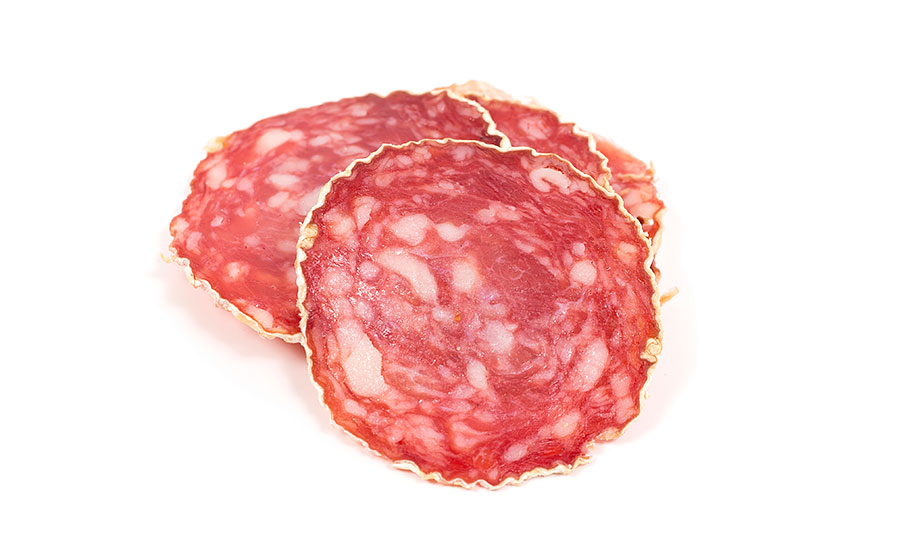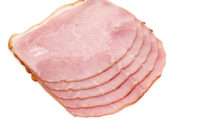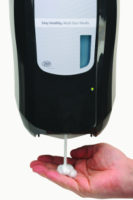"Trying to slice bacon with a dull blade is like having a screen door on a submarine — in either case you are in trouble,” says Mike Bliss, vice president of operations at Butterball.
The meat industry certainly has many important factors to consider when selecting slicers — not least among them sharpeners — such as sturdiness, efficiency, ergonomics, speed and sanitation. And in terms of features processors find most helpful to daily operations, most manufacturers of slicers now offer blade sharpeners.
“This is crucial when operating multiple lines, and in my opinion, is worth the investment,” Bliss says. Manufacturers also are installing high-tech technology so processors can better monitor slicers.
“We now see slicers offered with an embedded chip in the blade that allows processors to better track how often and how many times the blade has been sharpened,” Bliss says. “We’ve found that feature to be extremely helpful.”
Moreover, vision technology is also receiving renewed attention.
“It can be used to grade slices, control giveaway and to produce a more consistent quality product over time — all without sacrificing output,” Bliss says. “Currently the cost of this feature can be prohibitive for some processors; however, in time, this too will settle in and become a more affordable option or even a standard feature.”
Vision technology was first applied to whole-muscle technology, not slicing, notes Jeffrey J. Sindelar, Ph.D., extension meat specialist at University of Wisconsin-Madison.
“It has been surprisingly effective at slice speeds,” he says. “The real-time ability to evaluate and sort product has been advantageous from a quality standpoint, and a true technology breakthrough.”
In fact, slicing technology itself, all things considered, is still pretty impressive due to its pace, uniformity and precision, says Sindelar. “And now by adding grading slices to the mix, slicing is taking technology to the next level,” he says.
Are there any challenges associated with slicing equipment upkeep that haven’t been addressed but should be?
“As technology improves, the design of the equipment must change,” Bliss says. “We want the OEMs (original equipment manufacturers) to bring forth new ideas and ways of improvement. However, at the same time, we need to be certain that they are addressing water intrusion and simplistic trouble shooting and repair into their design.”
Slicing manufacturers are constantly reviewing how to streamline maintenance, so fewer tools and moving parts are needed for changeovers. Look for new technologies to address the strength and sharpness of slicer blades, so changeovers and equipment maintenance costs are reduced.
Of course, keeping slicers sanitized remains a top priority. A study released last year in Food Microbiology examined the degree of contamination from deli foods and slicers and concluded slicer blades have a low pathogenic transfer rate from foods to slicers. The study also reported that levulinic acid-based sanitizers had superior antimicrobial activity on slicers compared with other sanitizers.
That said, processors have many factors to consider when reviewing new sanitizers, including whether they are sanitizing well or too well.
“They need to make sure that the sanitizers they are using aren’t too harsh on the blades,” Sindelar says. As technology advances, slicing equipment is successfully incorporating new technologies and seeing results in real time for line speeds and maintenance.
After all, “the best slicer in the world is the worst slicer in the world if we cannot keep it running,” Bliss says. NP






Report Abusive Comment